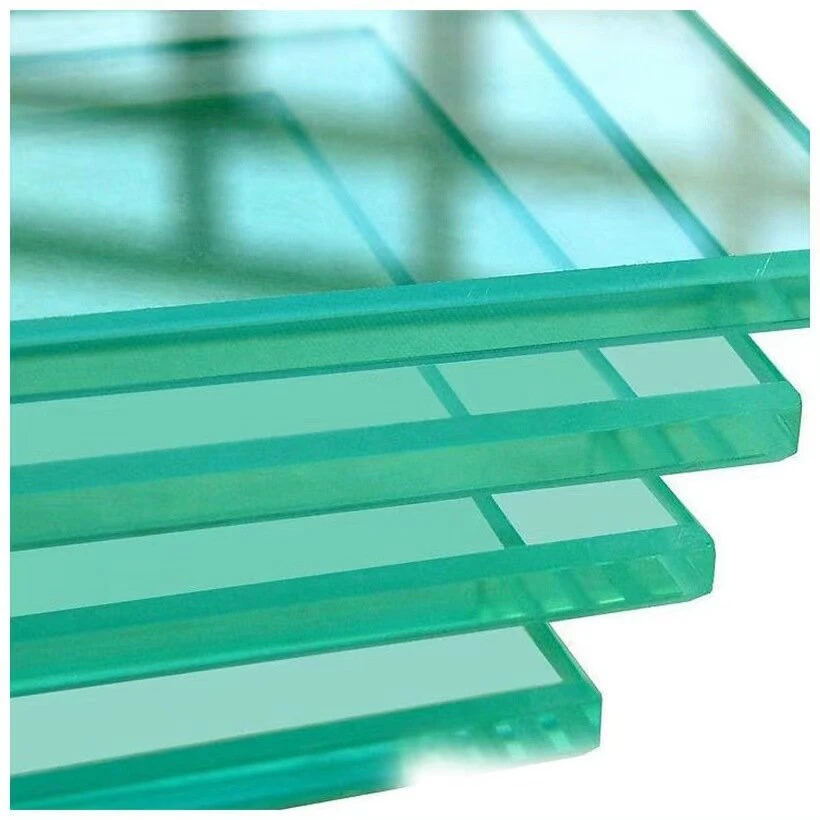The Evolution of Architectural Glazing Enhancing Aesthetic and Sustainability
In the modern world, architectural glazing has evolved from mere functionality to a sophisticated blend of design, technology, and sustainability. As buildings strive to capture natural light while minimizing energy consumption, glazing solutions have emerged as a pivotal element in contemporary architecture. This article explores the significance of architectural glazing, its advancements, and its impact on design and sustainability.
Understanding Architectural Glazing
Architectural glazing refers to the installation of glass in buildings, both exterior and interior, enhancing both the aesthetic appeal and functionality of a structure. Historically, glass was primarily used for windows, serving a basic purpose of transparency and protection from the elements. However, advancements in technology have transformed glazing into a crucial architectural element that influences a building's design, energy efficiency, and overall environmental impact.
Advancements in Glazing Technology
The key to the profound transformation in architectural glazing lies in technological advancements. Modern materials and innovations such as double and triple glazing, low-emissivity (Low-E) coatings, and insulated glass units have revolutionized the way buildings interact with their environment.
1. Double and Triple Glazing These systems consist of multiple layers of glass separated by spacers, significantly improving insulation properties. They reduce heat transfer, keeping interiors comfortable and minimizing the reliance on heating and cooling systems, thus lowering energy costs.
2. Low-Emissivity Coatings This technology involves a thin metallic layer applied to the glass, reflecting heat back into the room during winter while allowing sunlight in. This contributes to energy efficiency and enhances indoor comfort without sacrificing natural light.
3. Smart Glazing Another exciting advancement is the emergence of smart glazing technologies, which can change their properties in response to environmental conditions. For instance, electrochromic glass can darken or lighten on demand, controlling glare and heat gain while maintaining a connection to the outdoors. This innovation not only promotes energy efficiency but also adds a dynamic element to the architectural design.
architectural glazing company
Architectural Glazing and Aesthetic Value
Architectural glazing is not only about performance; it also plays a crucial role in enhancing the aesthetic value of structures. Large expanses of glass create a sense of openness and transparency that can dramatically transform spaces, allowing occupants to connect with the external environment. Architects utilize glazing to bring natural light indoors, creating vibrant and inviting areas that promote well-being.
The interplay of light and shadow produced by architectural glazing can also highlight architectural features, guiding the eye and enhancing the overall aesthetic of a building. Furthermore, the use of glass in design allows for creativity and experimentation, enabling architects to push the boundaries of traditional building forms.
Sustainability through Architectural Glazing
As the world becomes increasingly aware of environmental issues, architects and builders are turning to architectural glazing as a means to achieve sustainability goals. The use of energy-efficient glazing plays a significant role in reducing a building’s carbon footprint. By maximizing natural light and minimizing the need for artificial lighting, buildings can significantly reduce their energy consumption.
Additionally, the materials used in modern glazing solutions are often recyclable and can contribute to green building certifications such as LEED (Leadership in Energy and Environmental Design). This commitment to sustainability is driving the growth of the architectural glazing industry, as more clients prioritize environmentally friendly building practices.
Conclusion
In conclusion, architectural glazing represents a fusion of innovation, aesthetics, and sustainability. The advancements in glazing technologies have not only enhanced the functionality of buildings but have also elevated designs to new heights. As architects and builders continue to embrace glazing’s potential, it is set to play a critical role in shaping the built environment of the future. By prioritizing energy efficiency and visual appeal, architectural glazing paves the way for a more sustainable and inherently beautiful world. This intersection of technology, art, and environmental consciousness reflects a commitment to creating spaces that respect both human experience and the planet.
 Afrikaans
Afrikaans  Albanian
Albanian  Amharic
Amharic  Arabic
Arabic  Armenian
Armenian  Azerbaijani
Azerbaijani  Basque
Basque  Belarusian
Belarusian  Bengali
Bengali  Bosnian
Bosnian  Bulgarian
Bulgarian  Catalan
Catalan  Cebuano
Cebuano  Corsican
Corsican  Croatian
Croatian  Czech
Czech  Danish
Danish  Dutch
Dutch  English
English  Esperanto
Esperanto  Estonian
Estonian  Finnish
Finnish  French
French  Frisian
Frisian  Galician
Galician  Georgian
Georgian  German
German  Greek
Greek  Gujarati
Gujarati  Haitian Creole
Haitian Creole  hausa
hausa  hawaiian
hawaiian  Hebrew
Hebrew  Hindi
Hindi  Miao
Miao  Hungarian
Hungarian  Icelandic
Icelandic  igbo
igbo  Indonesian
Indonesian  irish
irish  Italian
Italian  Japanese
Japanese  Javanese
Javanese  Kannada
Kannada  kazakh
kazakh  Khmer
Khmer  Rwandese
Rwandese  Korean
Korean  Kurdish
Kurdish  Kyrgyz
Kyrgyz  Lao
Lao  Latin
Latin  Latvian
Latvian  Lithuanian
Lithuanian  Luxembourgish
Luxembourgish  Macedonian
Macedonian  Malgashi
Malgashi  Malay
Malay  Malayalam
Malayalam  Maltese
Maltese  Maori
Maori  Marathi
Marathi  Mongolian
Mongolian  Myanmar
Myanmar  Nepali
Nepali  Norwegian
Norwegian  Norwegian
Norwegian  Occitan
Occitan  Pashto
Pashto  Persian
Persian  Polish
Polish  Portuguese
Portuguese  Punjabi
Punjabi  Romanian
Romanian  Russian
Russian  Samoan
Samoan  Scottish Gaelic
Scottish Gaelic  Serbian
Serbian  Sesotho
Sesotho  Shona
Shona  Sindhi
Sindhi  Sinhala
Sinhala  Slovak
Slovak  Slovenian
Slovenian  Somali
Somali  Spanish
Spanish  Sundanese
Sundanese  Swahili
Swahili  Swedish
Swedish  Tagalog
Tagalog  Tajik
Tajik  Tamil
Tamil  Tatar
Tatar  Telugu
Telugu  Thai
Thai  Turkish
Turkish  Turkmen
Turkmen  Ukrainian
Ukrainian  Urdu
Urdu  Uighur
Uighur  Uzbek
Uzbek  Vietnamese
Vietnamese  Welsh
Welsh  Bantu
Bantu  Yiddish
Yiddish  Yoruba
Yoruba  Zulu
Zulu 

